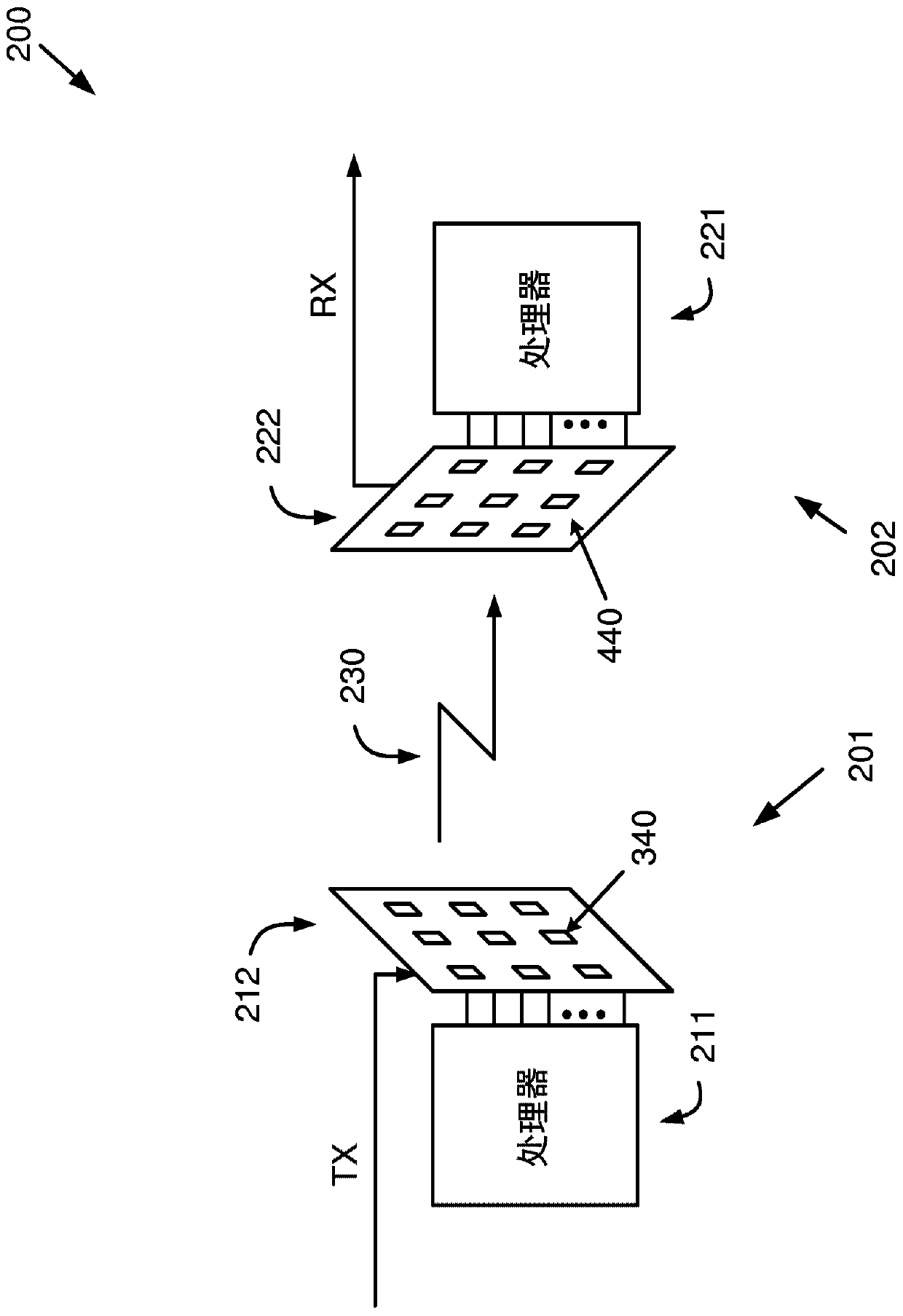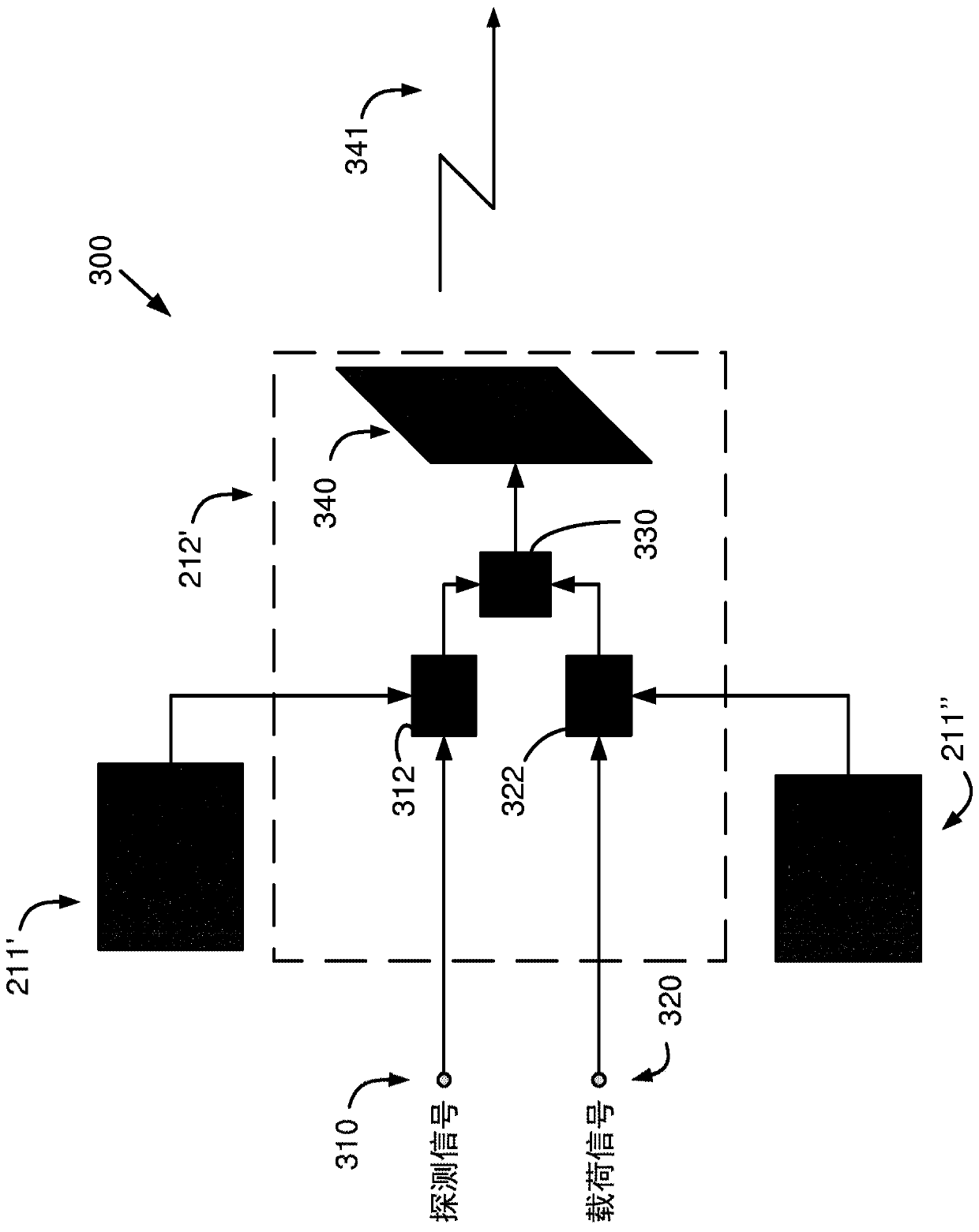Improved Control of Directional Antennas for Wireless Links
An antenna and radio technology used in the field of evaluating the transmit and receive antenna patterns of directional payload antennas, which can solve the problems of communication system performance deterioration, inability to align and adapt antennas, etc.
- Summary
- Abstract
- Description
- Claims
- Application Information
AI Technical Summary
Problems solved by technology
Method used
Image
Examples
Embodiment Construction
[0071] Aspects of the present disclosure will be described more fully hereinafter with reference to the accompanying drawings. However, the apparatus and methods disclosed herein may be implemented in many different forms and should not be construed as limited to the embodiments and aspects set forth herein. Like reference numerals refer to like elements throughout the drawings.
[0072] The terms used herein are for the purpose of describing specific aspects of the present disclosure only, and are not intended to limit the present invention. As used herein, the singular forms "a", "an" and "the" are intended to also include the plural forms unless the context clearly dictates otherwise.
[0073] figure 1 Shown is a radio receiver 100 and a radio transmitter 120 arranged to exchange payload signals 128 , 108 and probe signals 126 , 106 via indirect propagation paths, possibly through objects 130 in the environment. This indirect propagation path differs from the line-of-si...
PUM
 Login to View More
Login to View More Abstract
Description
Claims
Application Information
 Login to View More
Login to View More - R&D
- Intellectual Property
- Life Sciences
- Materials
- Tech Scout
- Unparalleled Data Quality
- Higher Quality Content
- 60% Fewer Hallucinations
Browse by: Latest US Patents, China's latest patents, Technical Efficacy Thesaurus, Application Domain, Technology Topic, Popular Technical Reports.
© 2025 PatSnap. All rights reserved.Legal|Privacy policy|Modern Slavery Act Transparency Statement|Sitemap|About US| Contact US: help@patsnap.com



